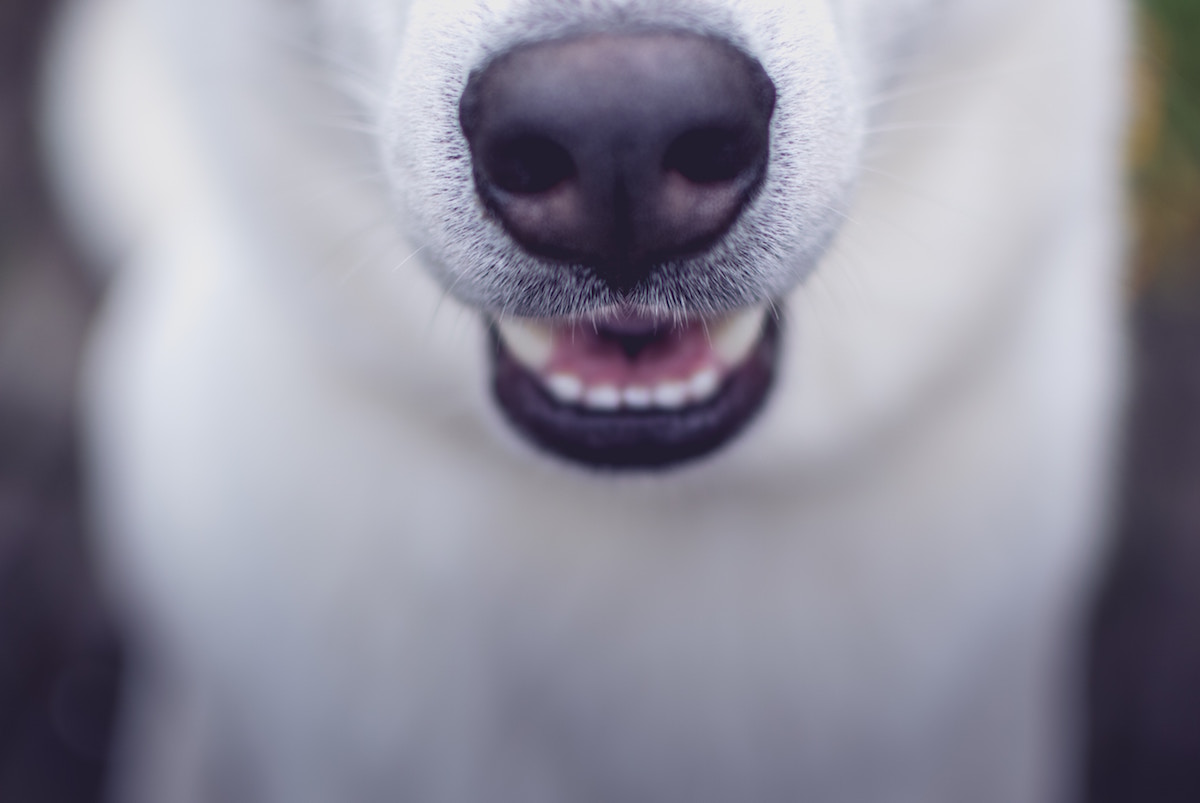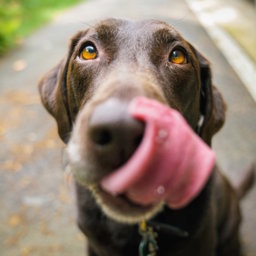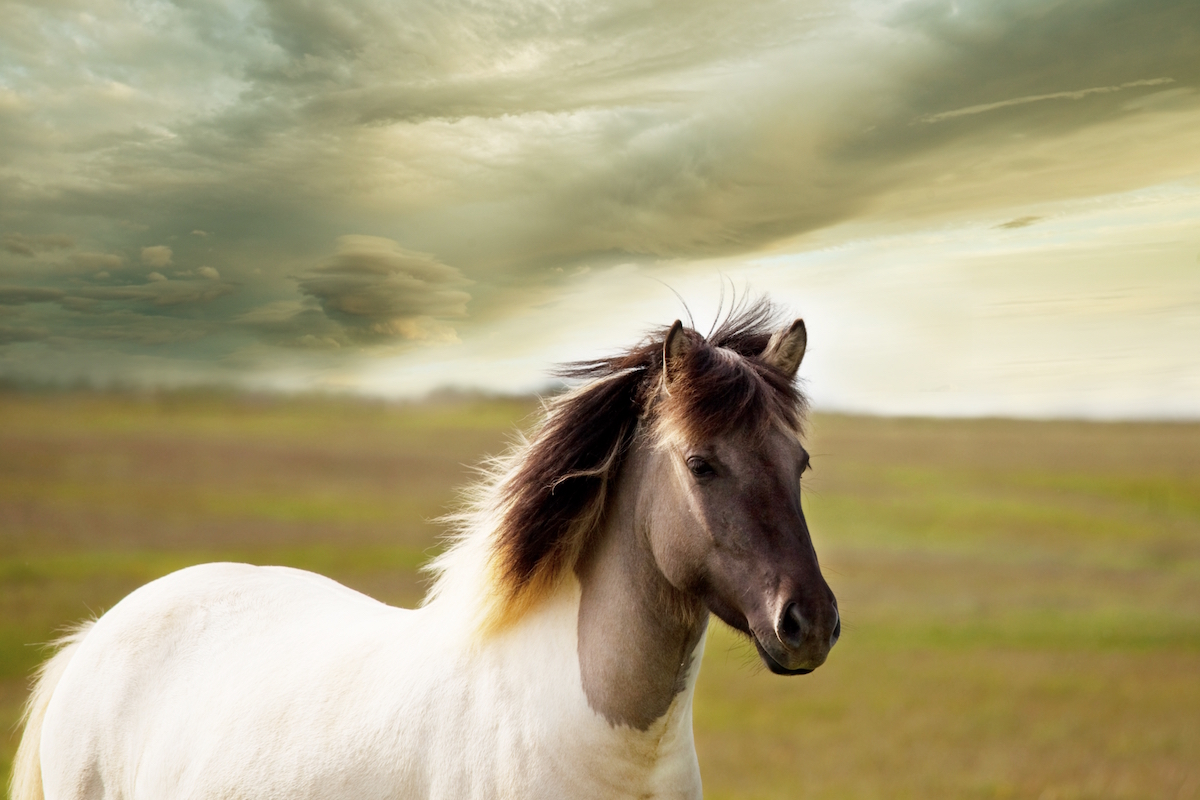Ashley of Wooga is based in Singapore and offers dog walking, dog boarding, and handstripping. She feeds her dogs a fresh raw diet and supplements with a high-quality fish oil that she imports from New Zealand. Wooga offers this product along with other items that they believe in and use for their own dogs.
We have been feeding our dogs a raw diet for quite a few years now. We have fed them processed food, home-cooked food, and commercial raw feed, before deciding on fresh raw.
Raw feeding is, in our opinion, the simplest yet the best form of diet you can give your dog. It is the only way to make sure your dog gets what he needs, balanced and pure.
Why Feed a Raw Diet
Animals do not cook their food in the wild.
Nature has her way of doing things and feeding raw is the most natural diet we can give our domesticated dogs. Even now, they still have a primal form – instincts and systems. They are designed to digest and absorb raw.
Heat changes the structure of ingredients and processed food puts extra stress on their digestive system. A fresh raw diet takes four hours to digest and a processed diet takes 12.
The Safety of Handling Raw
Many people are afraid to feed raw because they feel that what we purchase in supermarket is not good enough for their dogs to eat raw. Meat sources in Singapore are generally very safe for dogs’ consumption in a raw diet as most come imported frozen. This is done in other countries with pork or other wild game for a few weeks to kill off bacteria.
Salmonella is the other big concern. Salmonella is mainly caused by the mishandling of food and it occurs not only with raw food, but with kibbles as well. Dogs have a very short digestive system and any healthy dog with a good immune system can handle salmonella on their own.
As with any handling of food, keeping your hands and the storage area clean will be sufficient.
Where to Buy Raw Meat
Shopping at a supermarket is the most convenient. Butchers and wholesalers are other options to purchase meat at a somewhat better price and to get specific cuts and sizes. We feed everything – chicken, duck, goose, lamb, mutton, beef, and venison. Anything we can get our hands on and anything that is affordable.
How to Supplement
The most important and crucial supplement will be omega-3. Unless you are feeding grass-fed to grass finished meat, you will have to supplement your dog with omega-3 or some form of fish oil. Animals raised on corn or grain will lack omega-3 and when your dog consumes that meat, they too will lack omega-3 in their diet. It may therefore be necessary to include omega-3 in a raw fed diet.
Other supplementation are health specific. If your dog has joint issues, you might want to add joint supplements such as turmeric. Generally, if you feed the right proportions (meat, bone, and organ) over a period of time, your dog’s diet is balanced and any supplementation is optional. Always aim for balance over time.
Why Go Wheat-Free
Wheat is a form of grain and grains are carbohydrates. Wheat is not suitable for dogs for several reasons.
Firstly, dogs do not have molars and they do not chew like humans do. They cannot grind these grains and their digestive systems are far too short to break them down. Any grains will have to be cooked or processed for dogs to digest or absorb them.
The main component in a dog’s diet is protein, not carbohydrates. Carbohydrates makes dogs gain weight and excess amount are turned into starch. The worse thing about a high starch diet is that it is linked to inflammation and serious illness.
Dogs are bred to feed on meat and they thrive that way. Adding carbohydrate causes stress to the body as it makes the body work harder to digest and absorb what is not necessary and which ultimately end up in their stool. If it does not, it can lead to potential poor health.
Dr Peter Dobias DVM sees “obesity, dental problems, premature aging, arthritis, kidney and liver problems, digestive issues, and allergies in his canine clients which disappear with a raw diet.”1
Protein and Moisture
Many people think that feeding raw diet and feeding meat means a high protein diet. In actual fact, this is wrong. A piece of meat does not equal to 100% protein. An average amount of protein from several raw meats is between 17% to 22%.
A fresh raw diet made up of meat is 70% moisture. Dogs on a fresh raw diet rarely drink water because they obtain all that they need from their diet. One of the best things about a fresh raw diet is that the protein and fat level is balanced and moisture is abundant.
Variety is the Key
Feeding a variety of meat is very important. One type of protein or one type of cut cannot provide all the nutrients for your dog. It is the same with humans – you cannot be consuming one single type of vegetable your whole life. Different protein and different cuts provide different nutrients and rotating with what you can find and afford is the way to go. Providing your dog with a variety is crucial to his health.
A raw diet with fresh ingredients from varied meat sources balanced over time is what to aim for when feeding your dog.
1 Why To Feed Raw Food Diet – The Magic School Bus Through the Digestive Tract by Dr Peter Dobias DVM





